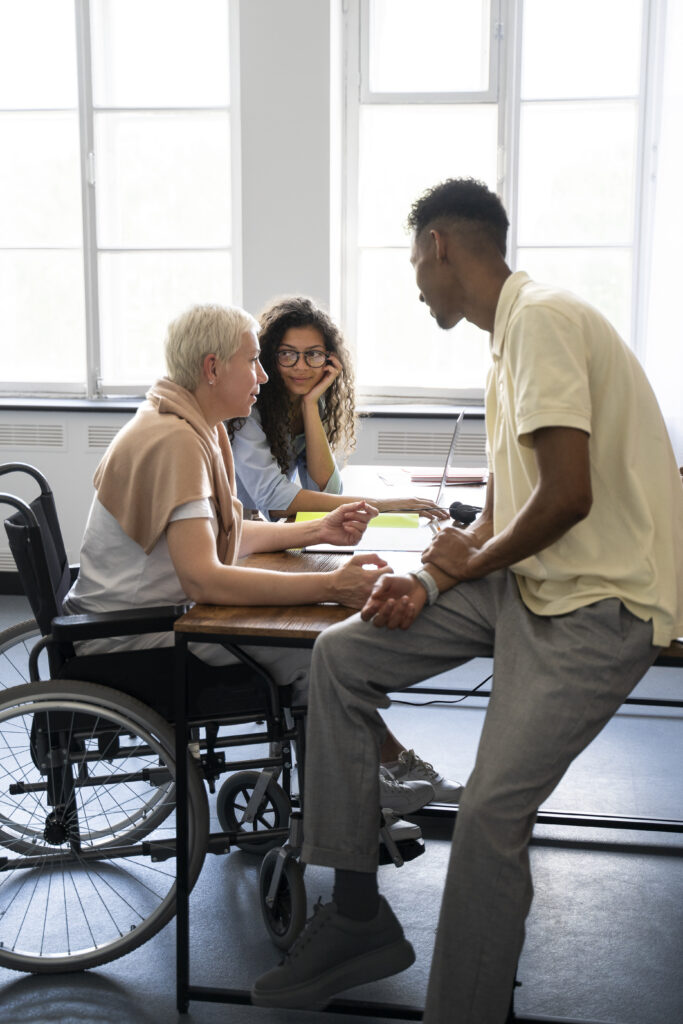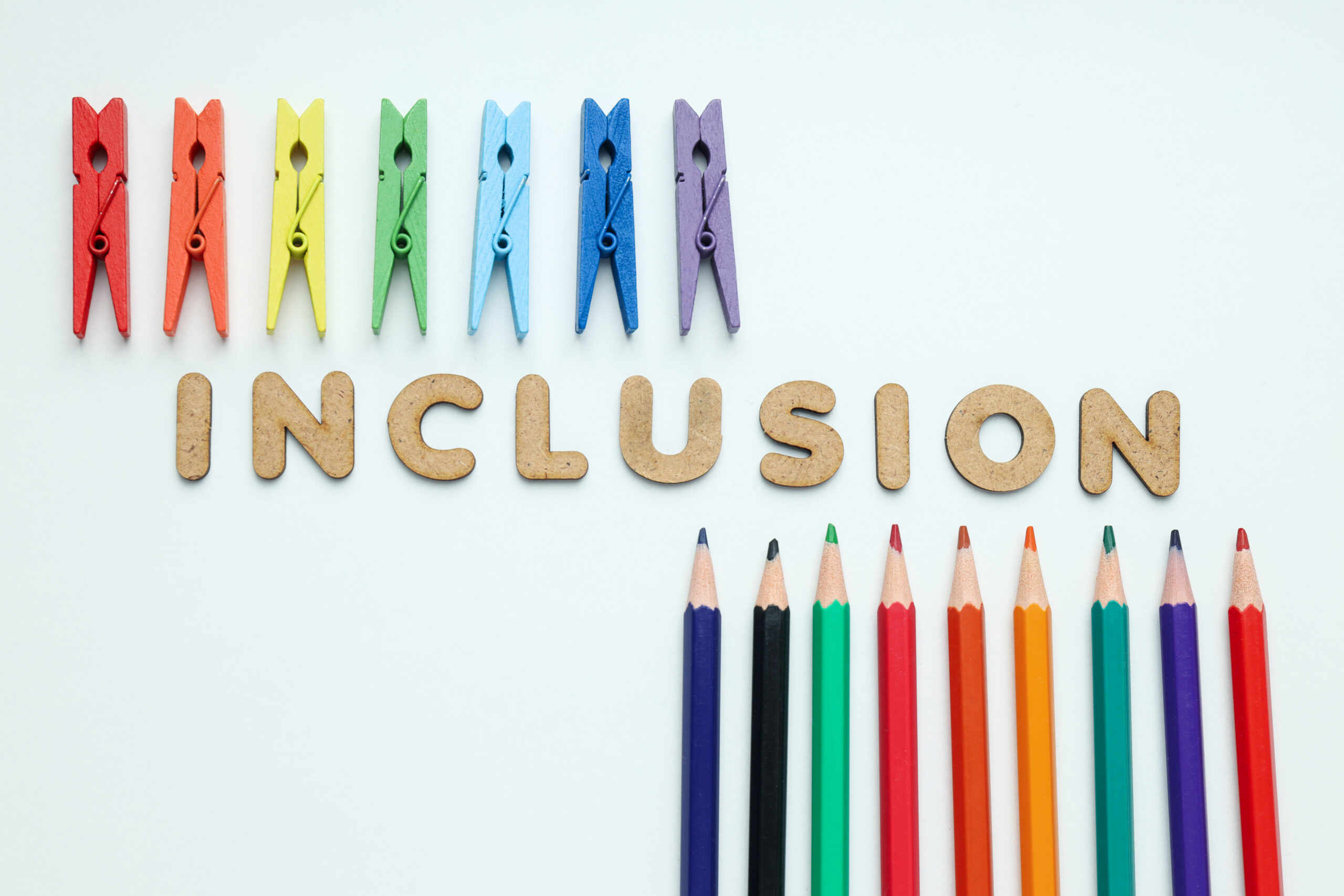Blog Post #3 Inclusion
Inclusion Definition and Implication

I was an inclusion support worker for UVic camps for a few years, and when I was training people, I would always tell them that the end goal of an inclusion worker is to do such a good job facilitating that your students are indistinguishable from any other student. So I would describe inclusion as facilitating learning so that students with varying capabilities can participate as peers. This is to get away from what school was like when I was growing up where all the students whose needs were deemed to be ‘to much’ would get move to an isolated room to work. I believe this older model had part of the answer in terms that they recognized that the students’ needs were different; however, they did not operate to have these students integrate into everyday class, which, at the end of the day, is the goal of inclusion in education.
In a physical and health education lens, if playing a game such as Monarch of the Court in pickleball you can have simplifications/challenges that make the activity harder for students who are higher skill level or easier for students who need it. An example of this could be changing court sizes depending on who is winning or losing. For example, if Matt wins a point against John, then Matt’s court would get bigger so that Matt has to move more to defend, and John has a bigger target. This leads to a natural evening of play where two students with different skill levels can participate together in a competitive game. This helps the student with the bigger boundaries as they are being challenged, and the student with the smaller boundaries as they are also being challenged. This leads to increased motivation as a student who might believe they are ‘bad’ at a sport is now competitive with someone who they deem is really good.
Short List of Possible Simplification / Challenges (Raquet Sports)
- Changing court sizes: Bigger is harder smaller is easier
- Changing target sizes: Smaller is more challenging, bigger is harder
- Adding a self rally: makes it easier as instead of hitting right away someone can hit the ball up in the air before hitting it over the net
- Changing tool: having a bigger vs smaller raquet or using your hand instead of a raquet
- Useing a bigger ball vs smaller ball: Tennis balls can be hard to hit and move very fast so using a smaller ball can make it easier for people to start learning.
Example in my Practice
Above is a lesson plan/task progression for a pickleball class I taught at Rockheights Middle School. It was our last class, and throughout the class, the students’ abilities really evened out, which allowed us to have a less drastic simplification. (Changing court size is more drastic as it gives a larger advantage to the other players.) In this example ,our simplification was to incorporate a self rally. This meant that students could choose whether or not to use it. Most students did not use it; however, some did, and they saw great success within the activity. Students who used the modification were able to compete with students whom they usually wouldn’t be able to. There was one student in particular who was super unengaged in our first lesson, but by the last one, they were one of the most engaged and into it, as she was able to learn through the utilization of different modifications.
UDL Pricipals Applied
| UDL Principle | Definition from Paper | Connection to my Experience |
|---|---|---|
| Multiple Means of Representation | Addresses WHAT students learn through offering information in multiple ways (visual, verbal, physical, etc.) | Talk about how you make instructions, rules, or In the above lesson play I follow a play practice play modal. In the practice section students are instructed on how to serve (verbal) and then a demonstration is done by a studant (visual) and then when they go and practice they are given task cards which is an addition verbal element. This is important as students are able to absorb and connect to the information is a variety of ways which makes it more inclusionary for all learners |
| Multiple Means of Action and Expression | Addresses HOW students learn from offering multiple ways for students to demonstrate what they know. | This feeds into the game modifications I outline above where students are able to demonstrate their abilities in multiple ways through simplification or challenges. This is also demonstrated in the task cards as students can show their knowledge through the way the coach their peers. For example a student may not be able to perform a perfect serve but do they understand the ques to help a classmate |
| Multiple Means of Engagement | Addresses WHY students learn through creating motivation and engagement through choice, challenge, and relevance. | Through the simplifications and challenges, student engagement and through so the inclusion element is focused on when you over simplificaitons so that students who normally would not be in a competitive match now are. Through the play practice play model, the relevance of the material is always present, as after the first play, students are thinking about things they could improve, and then in the practice, they are given the opportunity, and then when they go back to play, they can immediately see why the practice was relevant, as the result is present |
Questions I Continue to Think About
- Is their a limt to how much a instructer can facilitate to promote inclusion?
- Some time students attitudes can limit inclusion, how can a instructer help address this in class so that the students want to help other students be included?
- How can I take my knowledge of inclusion support with physical activity and apply it to my other teachable subject history.
References
Peter, S. H., & Clement, K. A. (2020). One step at a time: A case study of incorporating Universal Design for Learning in library instruction. Scholarship of Teaching and Learning, Innovative Pedagogy, 2(1), Article 3. Humboldt State University Press. https://digitalcommons.humboldt.edu/sotl_ip/vol2/iss1/3
CAST (2024). Universal Design for Learning Guidelines version 3.0. Retrieved from https://udlguidelines.cast.org
Pictures
Featured Image: Image by atlascompany on Freepik
